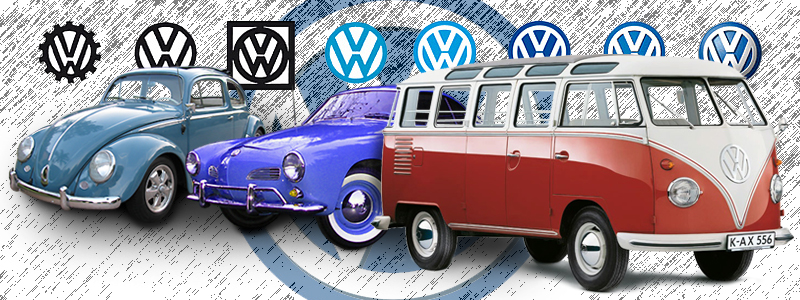 |
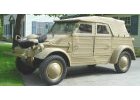 |
|
1940 - 1944
The Kübelwagen was an extremely austere, rugged automobile built simply for war-use. About 50,000 were made, and surviving examples are scarce and very collectable. More>> |
 |
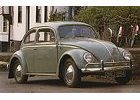 |
|
1945 - 1977
The car that needs little introduction, Adolf Hitler's dream of building a low-cost car for the masses has proved to be a huge hit for decades and now boasts over 21 million sales, and production continues today in South America. More>> |
 |
 |
|
1950 - 1967
Top of the range was the Deluxe Microbus. Here, the number of windows and the variations available were immense. You could get the three windows down each side, four windows down each side, or even five with a curved plexiglass corner window. More>> |
 |
 |
|
1955 - 1974
Today, the Karmann Ghia epitomises the affordable and
highly collectable unique and classic automobile! More>> |
 |
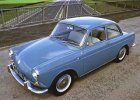 |
|
1961 - 1973
In 1961 Volkswagen announced that they would be producing a new car, the VW 1500. Sharing very little with the Beetle, the engine would be a rear-engined, air-cooled 1498cc unit which would be configured to take up less space. More>> |
 |
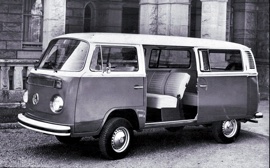 |
|
1967 - 1979
In late 1967, the second generation of the Volkswagen Type 2 (T2) was introduced. It was built in Germany until 1979. In Mexico, the Volkswagen Kombi and Panel were produced from 1970 to 1994. Models before 1971 are often called the T2a (or "Early Bay"), while models after 1972 are called the T2b (or "Late Bay"). This second-generation Type 2 lost its distinctive split front windshield, and was slightly larger and considerably heavier than its predecessor. Its common nicknames are Breadloaf and Bay-window, or Loaf and Bay for short. More>> |
 |
 |
|
1968 - 1974
The Type 4 should be remembered for the innovations it brought to the marque. For the first time, a Volkswagen had 4 doors, featured unibody construction, MacPherson strut front suspension, rear suspension with coil springs and trailing wishbones, a hydraulic clutch and, uniquely, it was one of the very first Volkswagen’s to feature a fully automatic transmission. More>> |
 |
 |
|
1970 - 1973
While the Karmann-Ghia represented the sporty, elegant side of the Beetle family, another member, the Type 181 diametrically opposed it. More>> |
 |
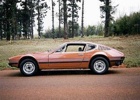 |
|
1972 - 1976
Although the Volkswagen SP series was both designed and built in Brazil, it was fostered by Rudolf Leiding - Volkswagen's then new Managing Director in Stuttgart. The idea for the SP1 and SP2 started while Leiding was in control of Volkswagen's Brazilian establishment which he left early in 1971 to take up Volkswagen General Command. More>> |
 |
 |
|
1973 - 1988
Many felt the Volkswagen Passat LS to be simply a badge-engineered Audi. True, Volkswagen had their own ideas about gear linkage, body styling and suspension rates, but broadly speaking the Passat LS was an Audi 80 with a VW badge on it, and a rather poor indented Wolfsburg castle symmbol on the cross-spoke of the steering wheel. More>> |
 |
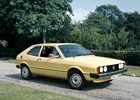 |
|
1974 - 1982
What is a Scirocco? The name is the German spelling for the more familiar word sirocco, a hot and dry wind blowing from the African coast to Italy, Sicily and Spain. As the European name for the Dasher was Passat, another wind name, it seemed that Volkswagen were off on a new style of model names. More>> |
 |
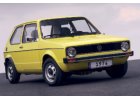 |
|
1974 - 1983
Some criticism was leveled at the Golf for its rather spartan interior and hard ride, but these were both typical attributes of German cars and reflected the German philosophy of car building. Overall the Golf was an energy-efficient and space-efficient design that won the hearts of countless thousands of happy owners throughout the world, and set the way for the Golf to continue as Volkswagens best seller to this day. More>> |
 |
 |
|
1976 - 1983
Although it was considerably more expensive than its petrol-engined brother, the Golf GLD was not only the cheapest diesel on the Australian market at the time, but also proved one of the most economical cars to run, backing this claim up with several wins in subsequent Total Oil Economy runs. More>> |
 |
 |
|
1980 - 1984
Like the model it superseded the GOL was a three-door hatchback with an overall length of 12.43 ft (3.79 metres) on a wheelbase of 7.74 ft (2.36 metres), comparable to the German Golf. The chassis and running gear were also similar: MacPherson coil spring stuts at the front, and an independent rear layout of torsional beam trailing arm axle and telescopic dampers. More>> |
 |
 |
 |
1981 - 1984
The Golf GTi was more an evolution than a revolution. Its mechanics were that of the ordinary Golf, however the power was to come from a more sporty Audi-designed 1.6 litre engine. More>> |




